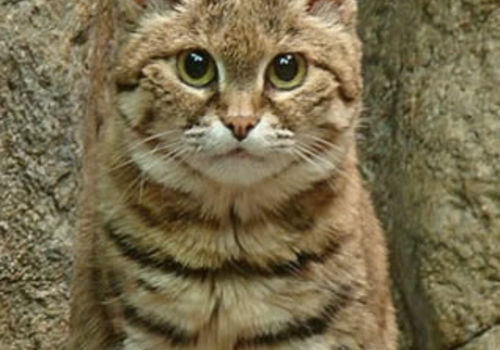
Black footed cat
Felis nigripesBlack footed cat
Introduction: The black-footed cat (Felis nigripes)is the smallest cat in Africa and is also known as the small-spotted cat. An opportunistic hunter, it prefers short to medium-length grass, with rock slabs and springhare burrows a favoured den, as are termite mounds.
Black-footed cats communicate through smell by urine spraying and by a loud and deep throaty purr. They are considered rare because of their typically secretive nature. Predators include snakes and owls. Their population also suffers due to locust spraying, carcass poisoning and from their arch-enemy - the domestic dog.
Distribution: Ranging from west of Noordoewer on the Orange River northwards in the Kalahari Desert region as far as Okahandja area and east to the Botswana border.
Diet: Rodents, shrews and small birds. Partial to large, soft-bodied insects, scorpions, spiders, small snakes and geckos.
Colouring: A cinnamon-buff to tawny background marked with lines and spots. The legs are marked with black bands on upper parts and the feet have black soles, hence the name.
Breeding: A gestation period of 63-68 days normally yields two kittens, although litters are from 1-4. Females give birth in a hollow termite mound or unused springhare burrow. The mother will bring prey to the kittens who are weaned within two months.
Size: Shoulder height of 16-25cm
Weight: Males 1.5-2.4kg. Females 1-1.6kg
Become a citizen scientist & contribute to the long-term survival of Namibia's wild carnivores by logging your sightings on the Carnivore Tracker App
Klein Windhoek

